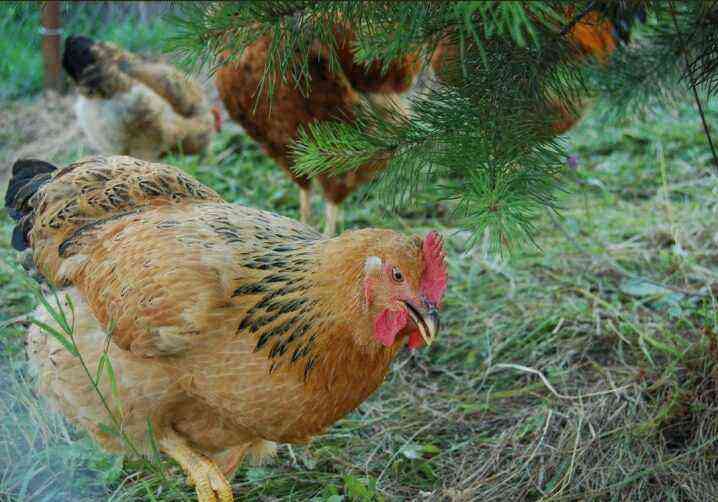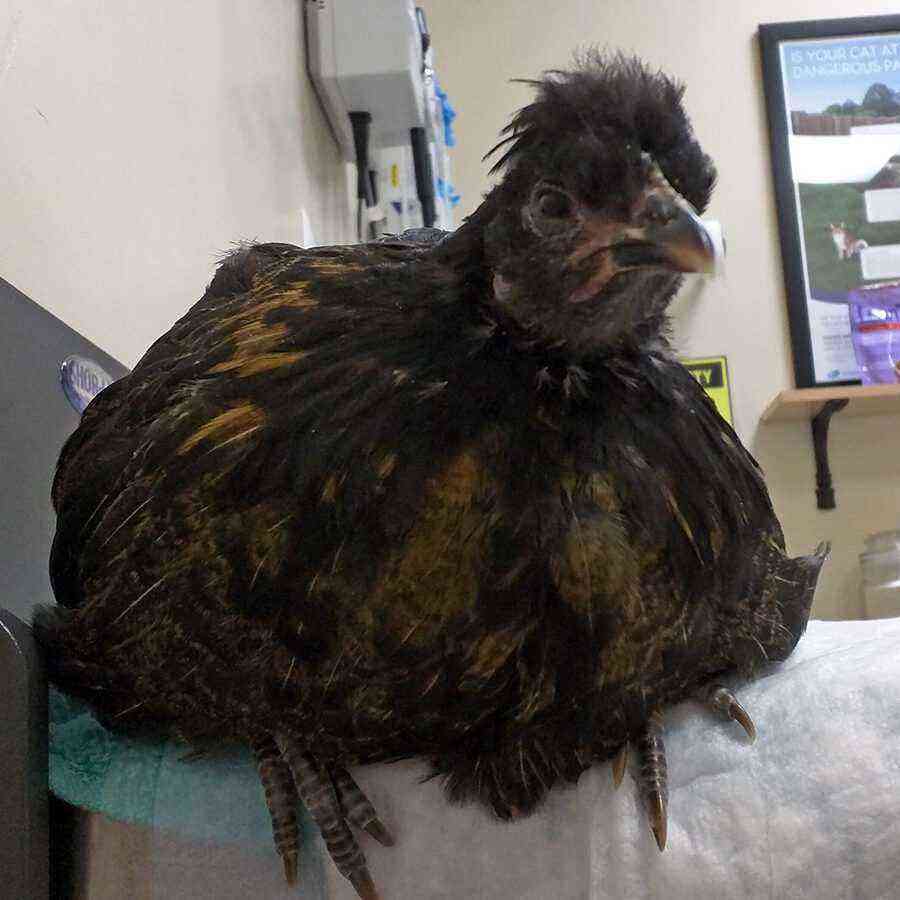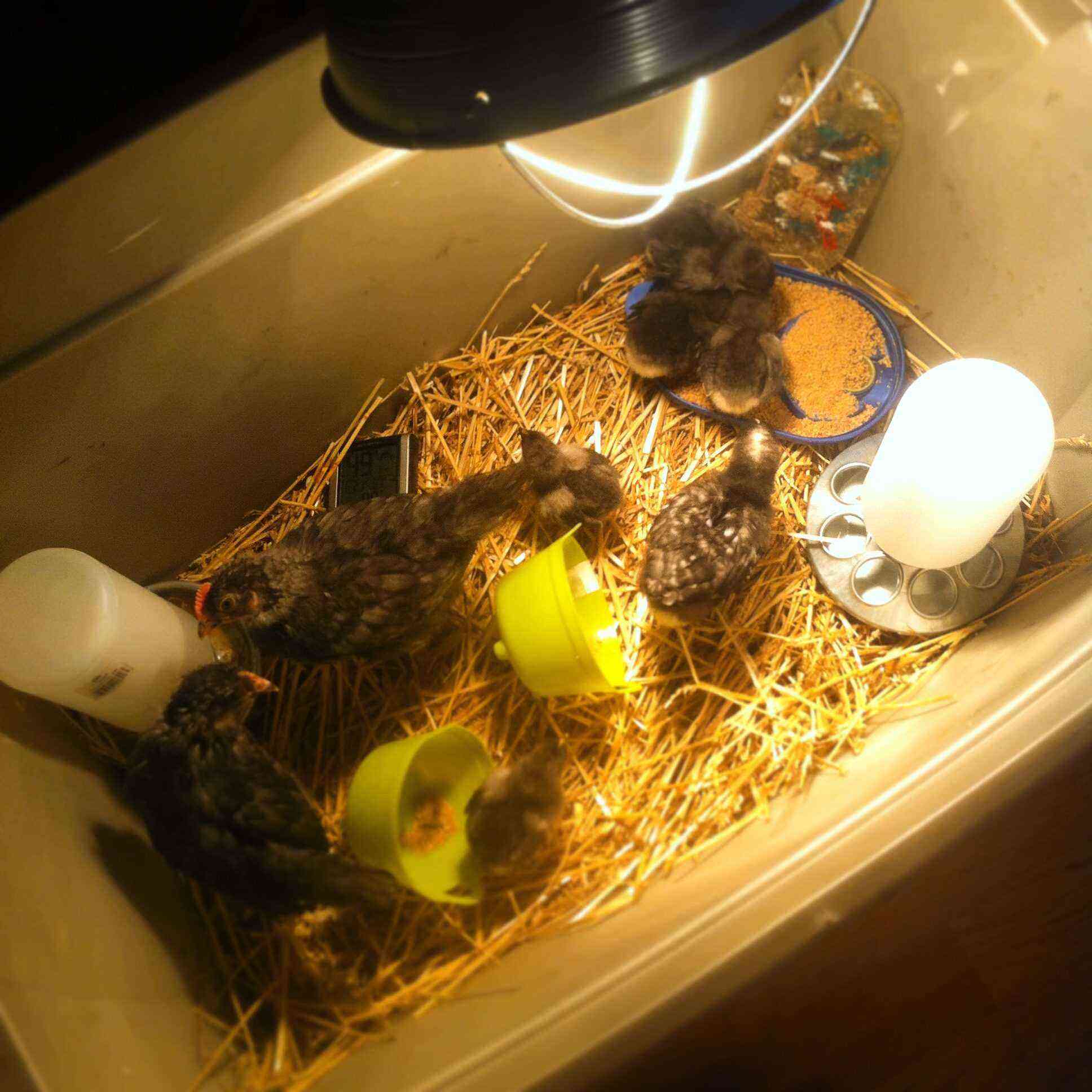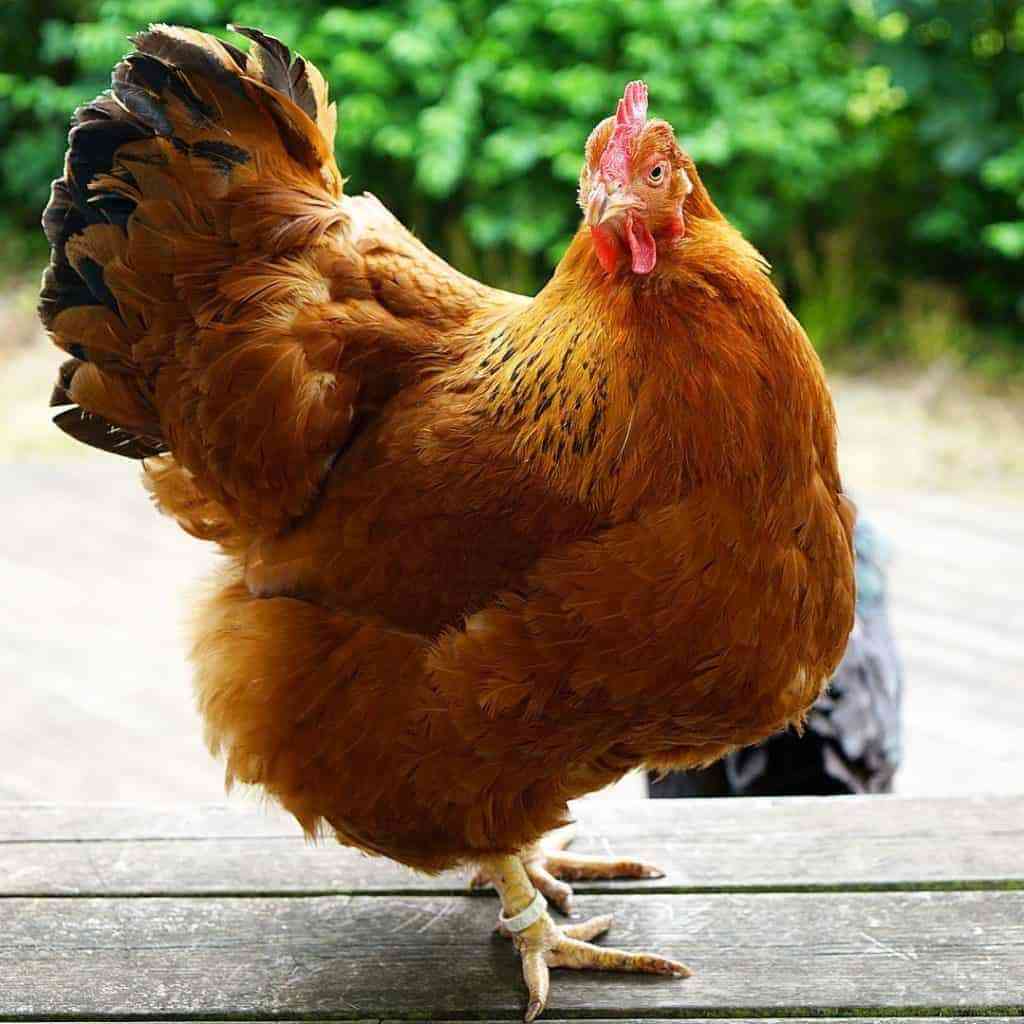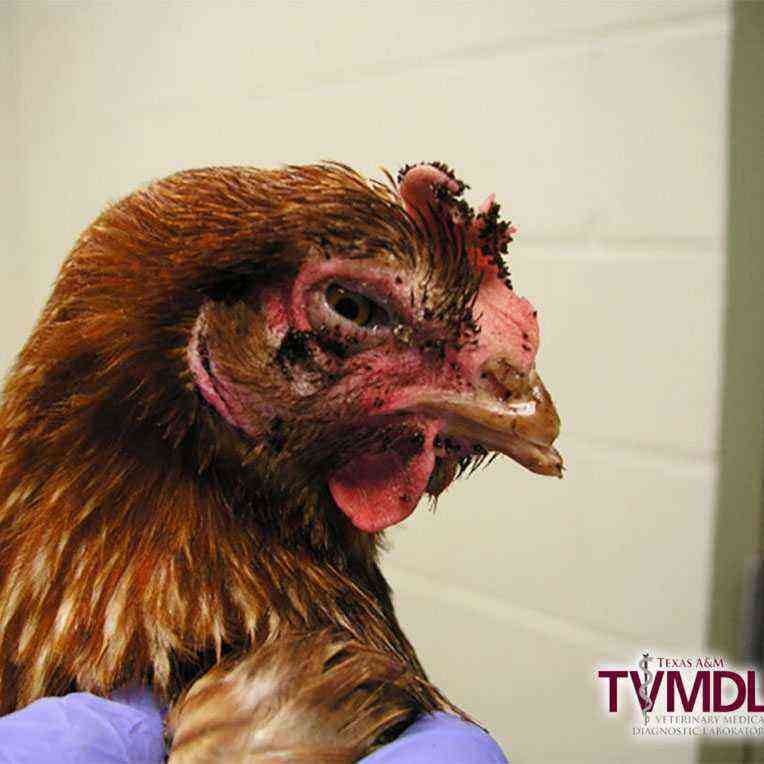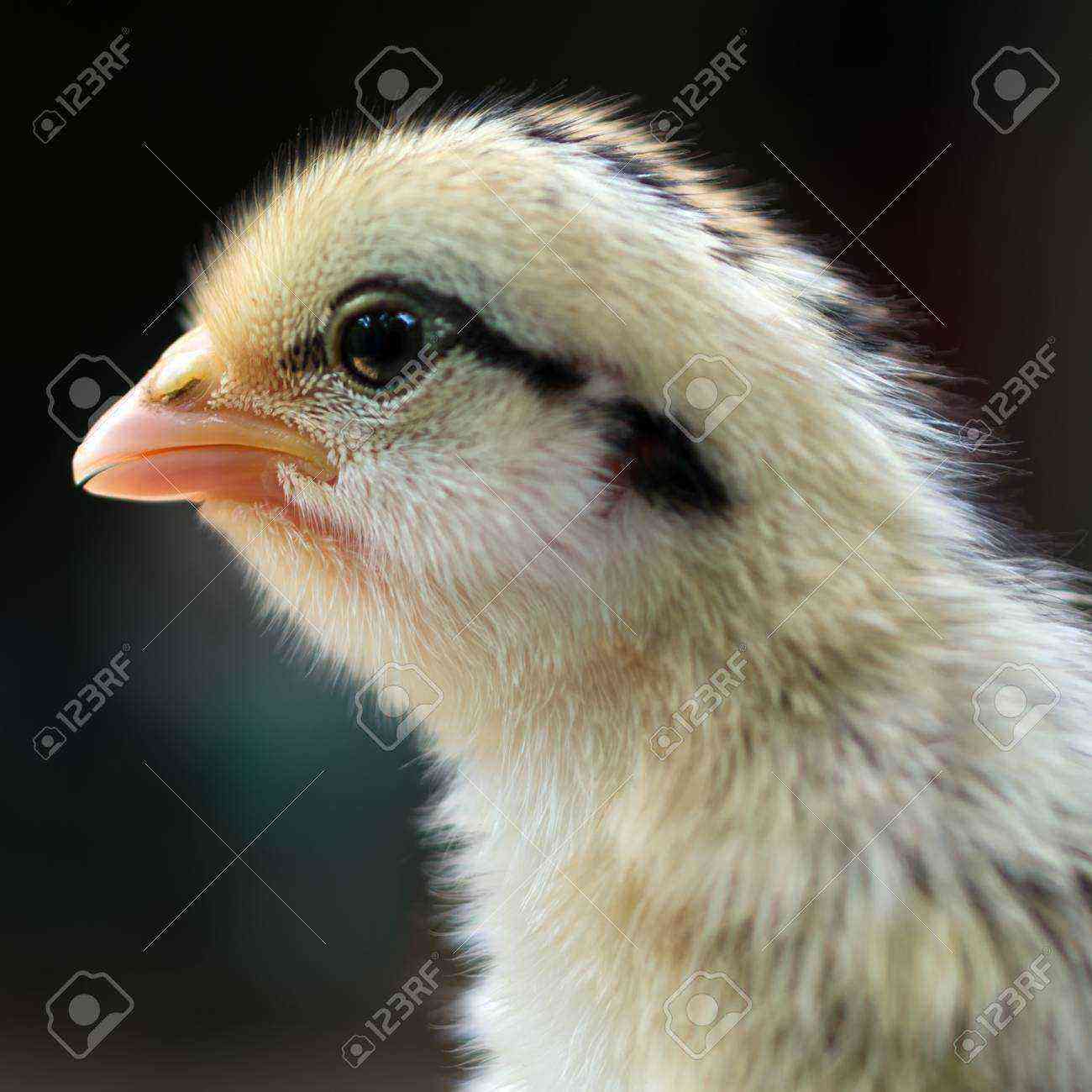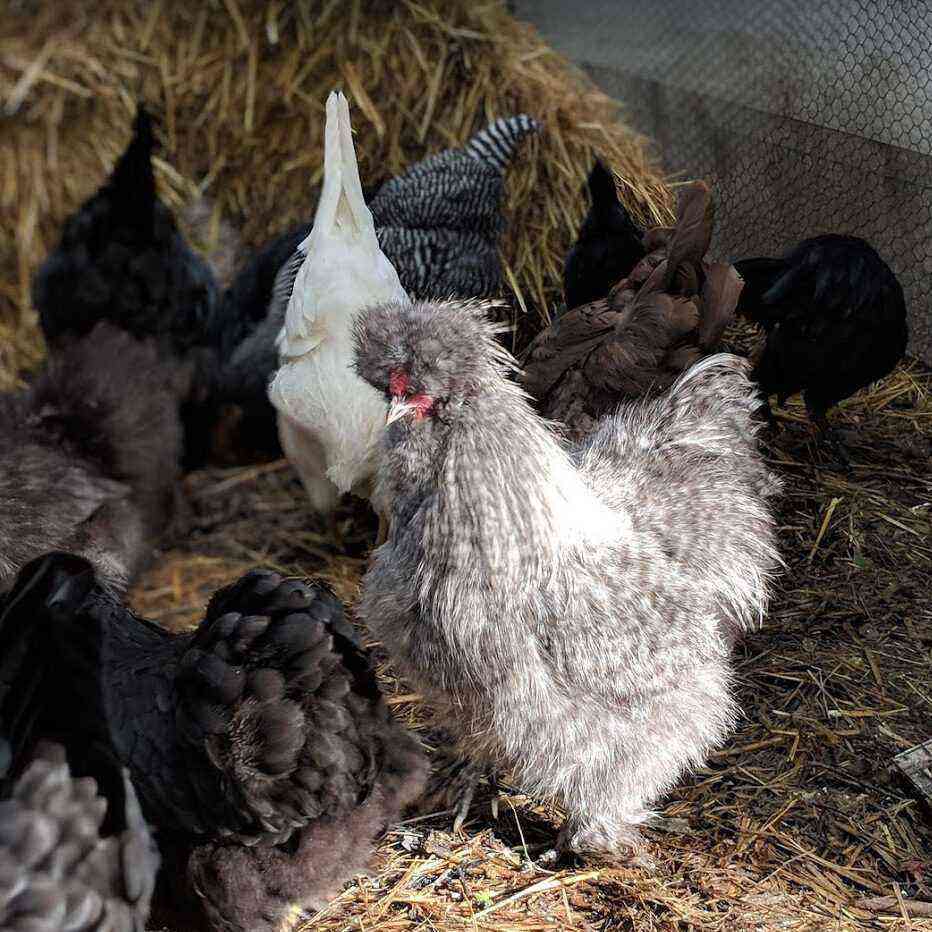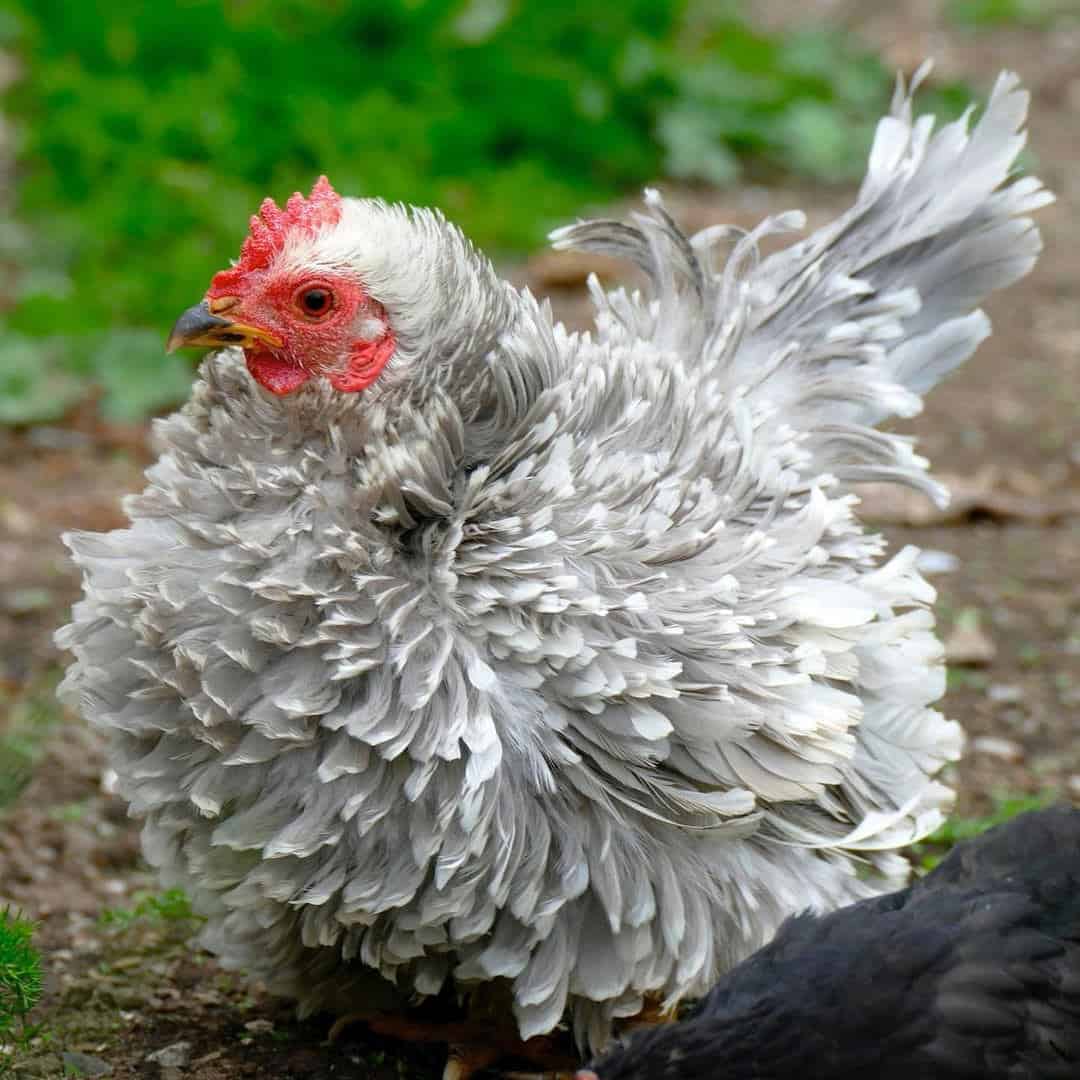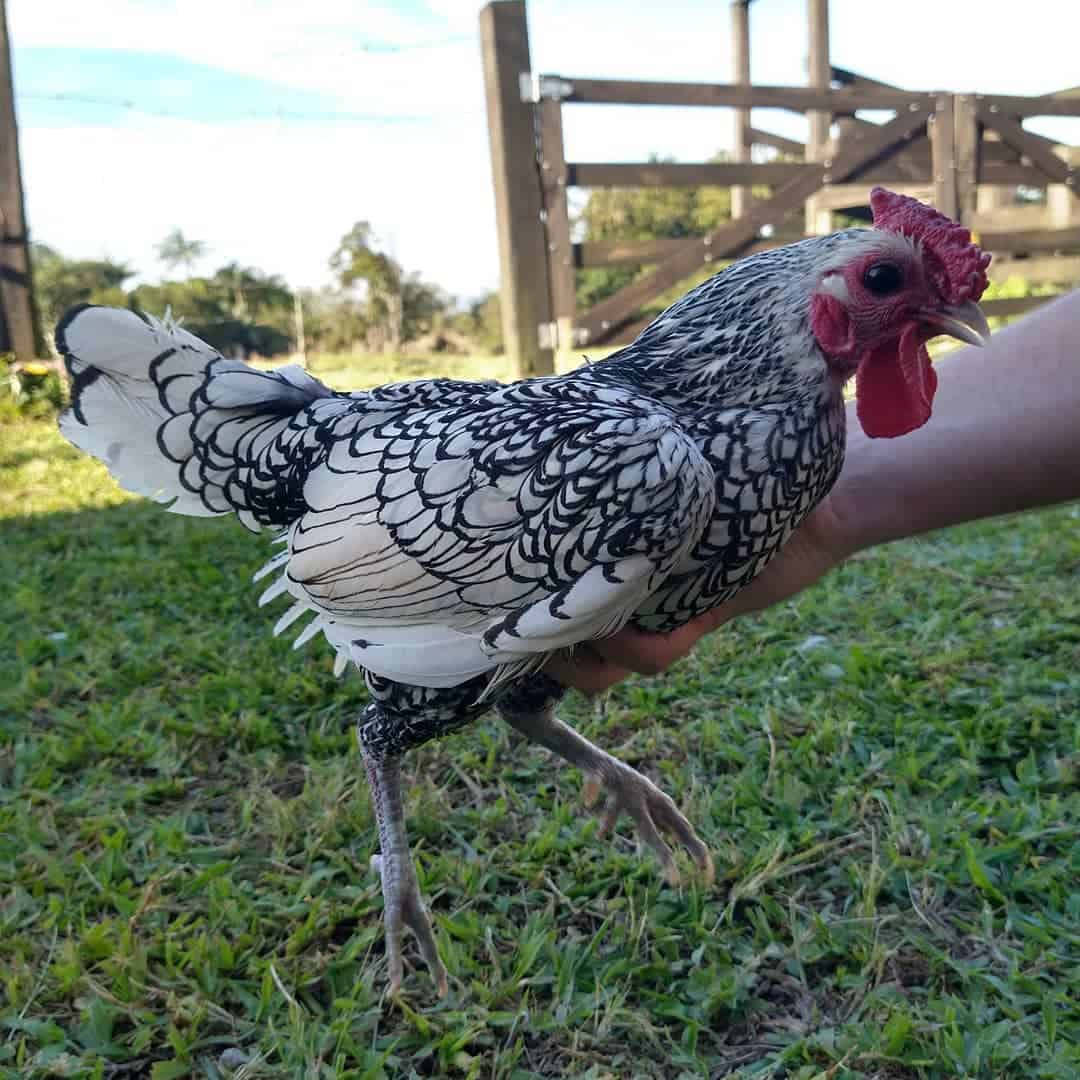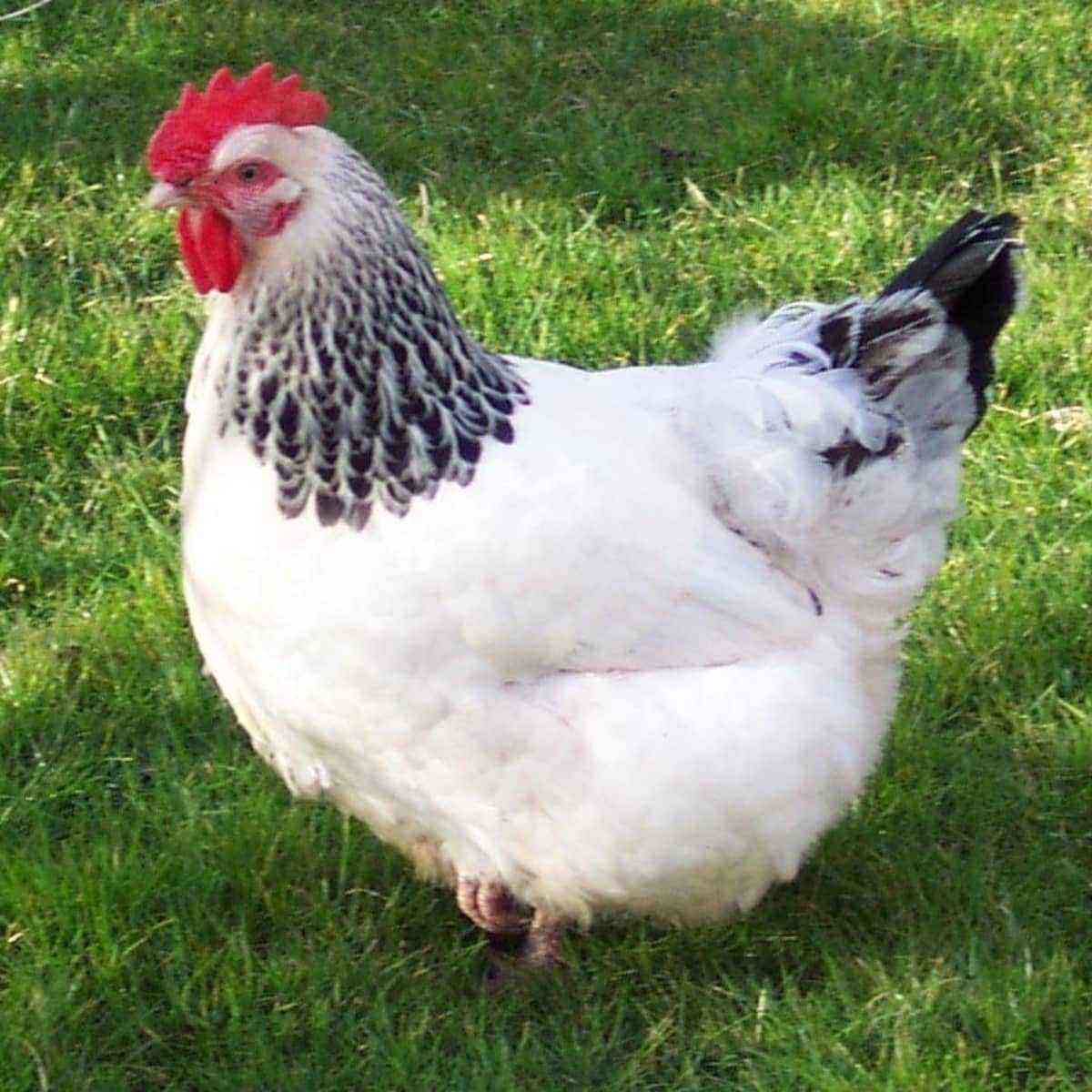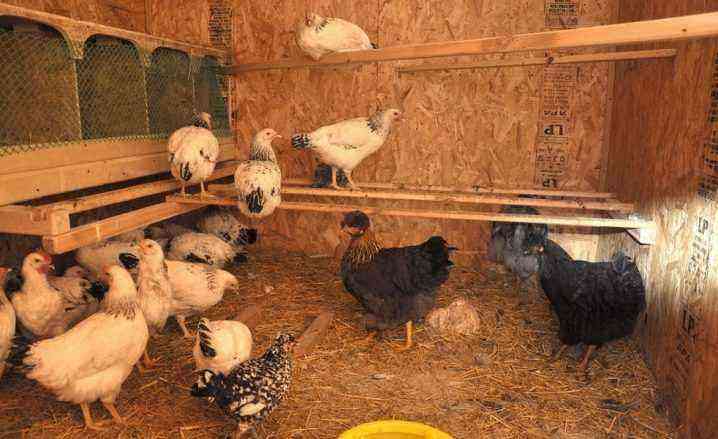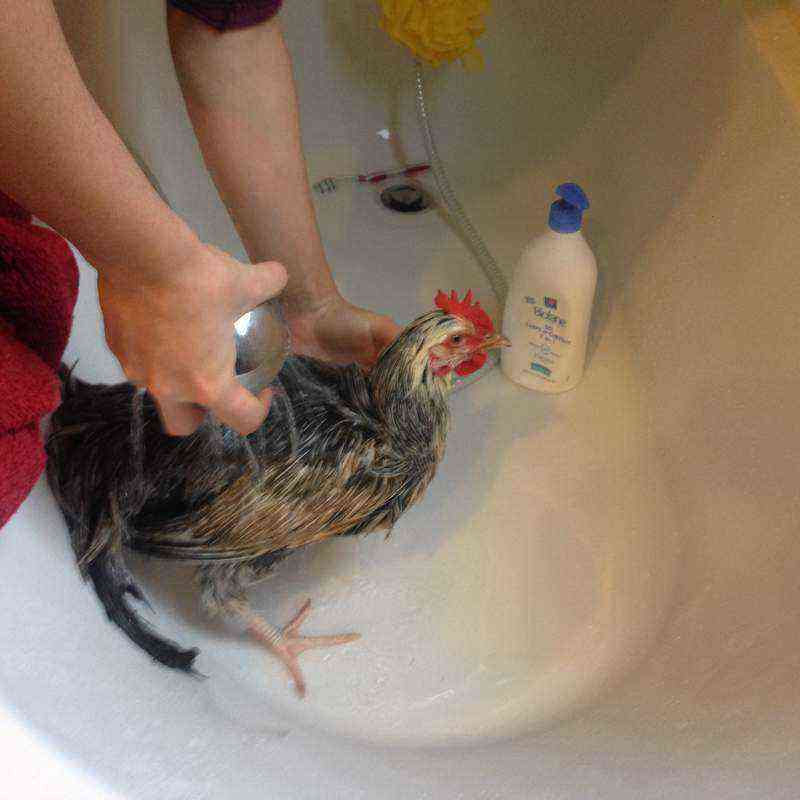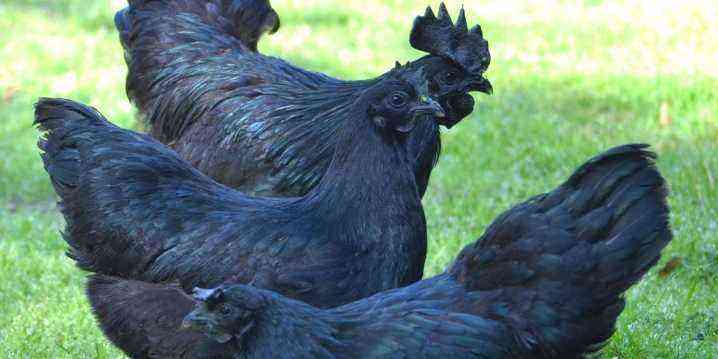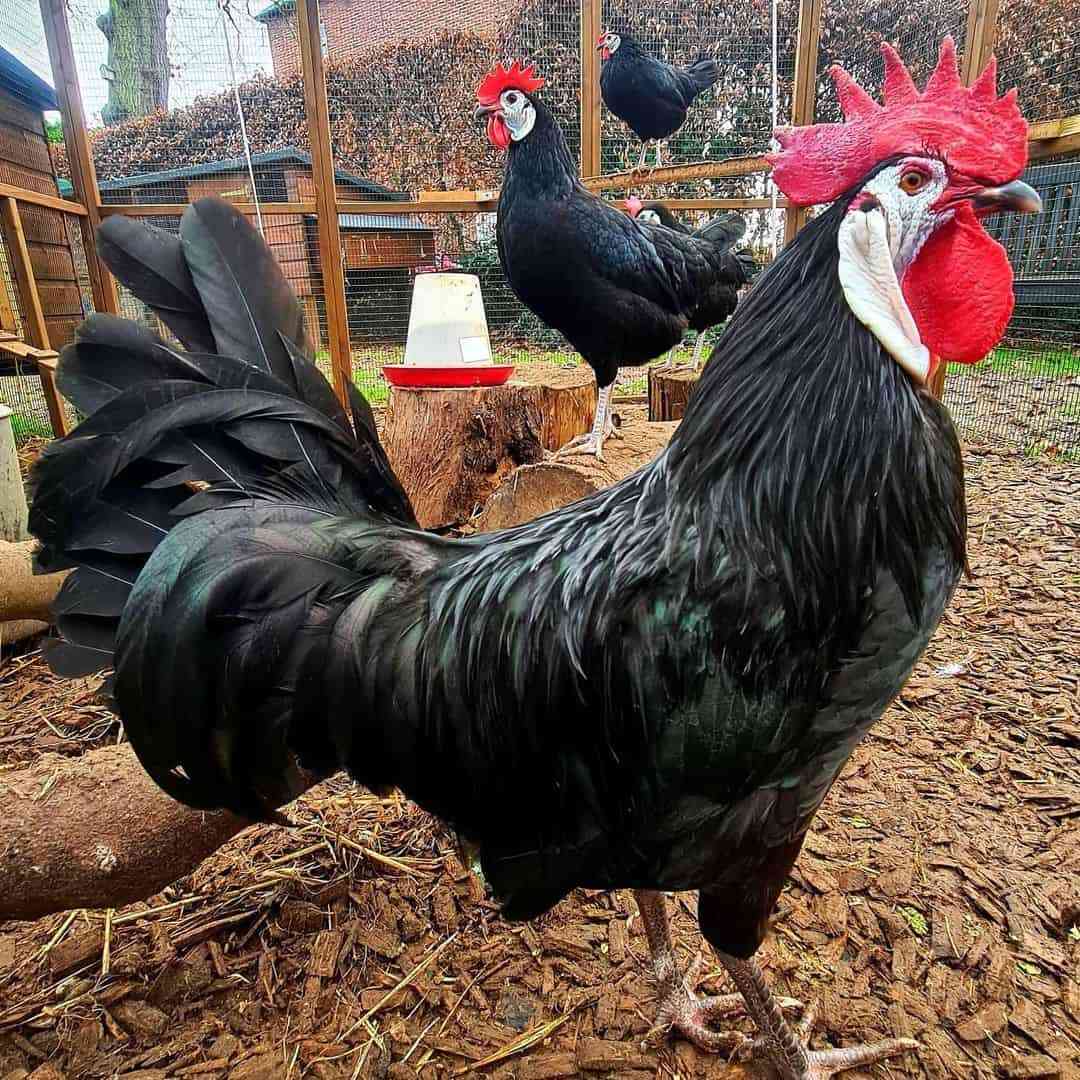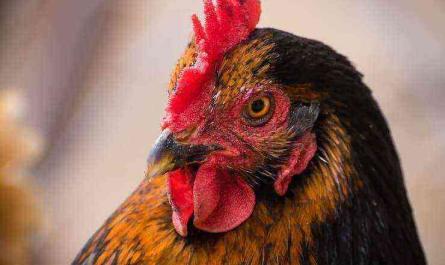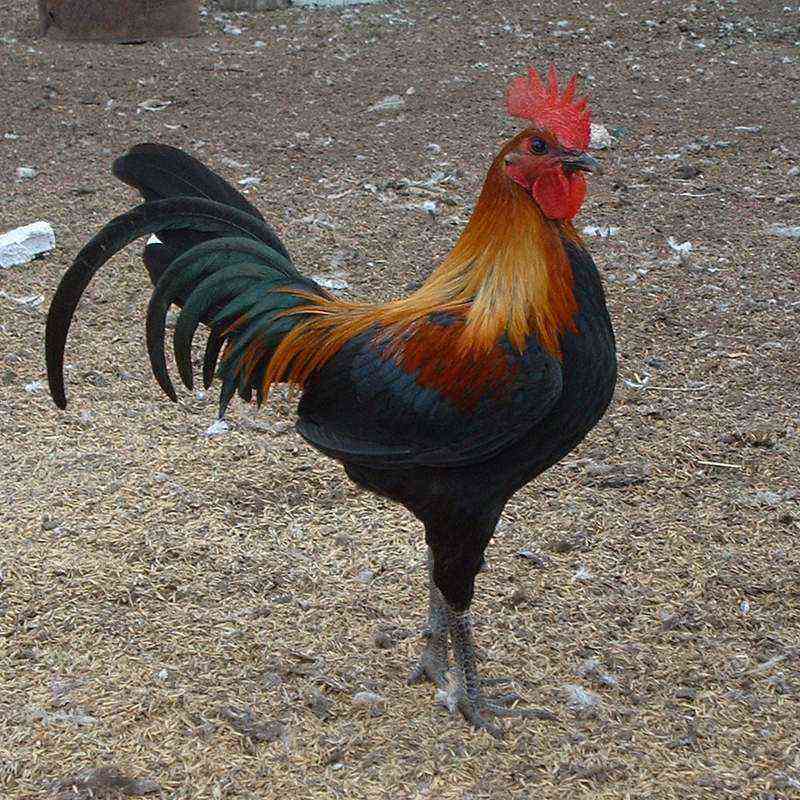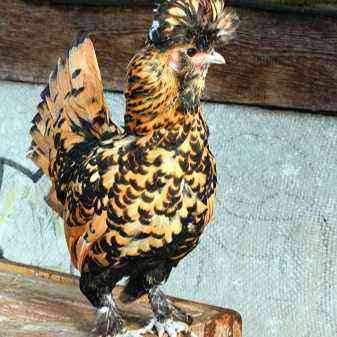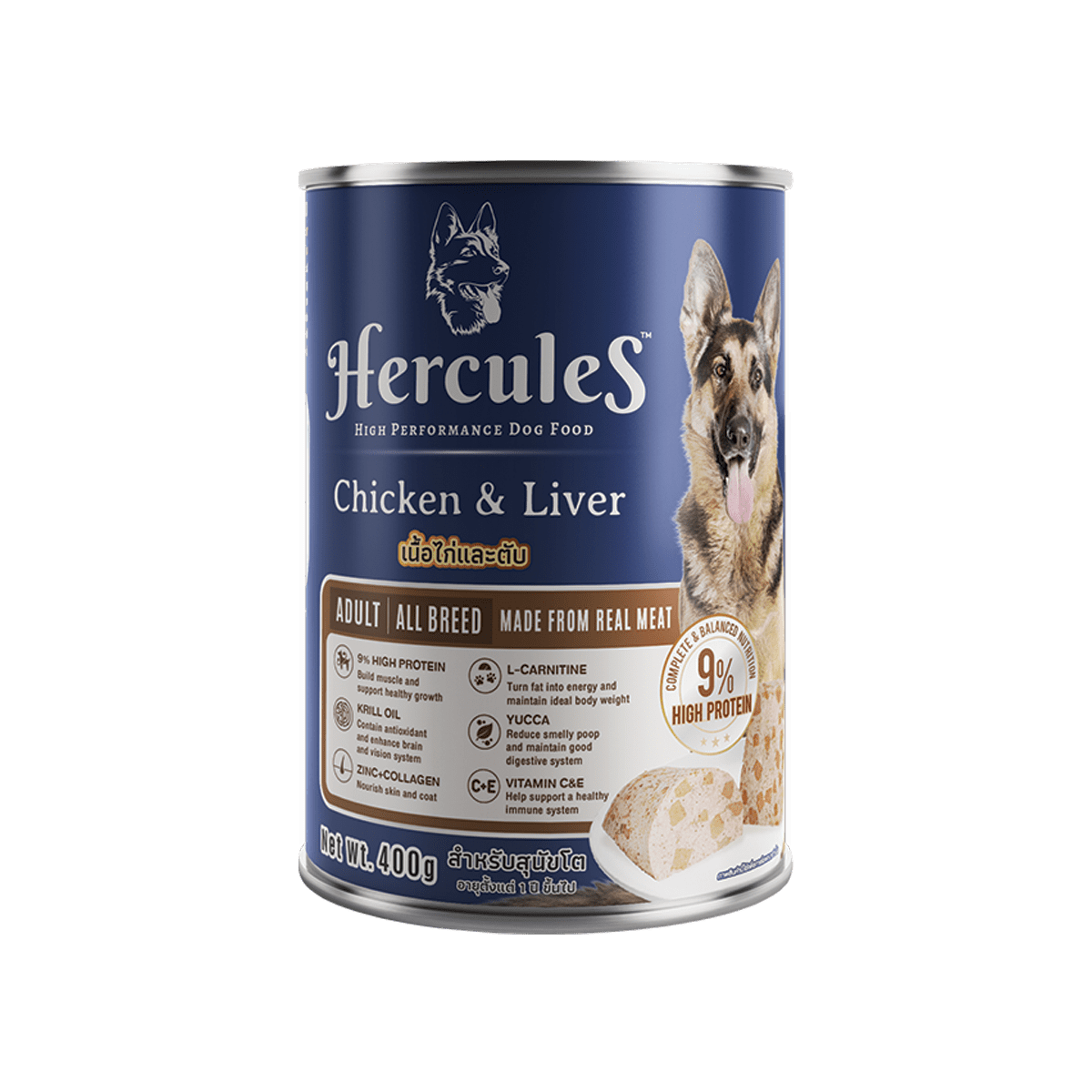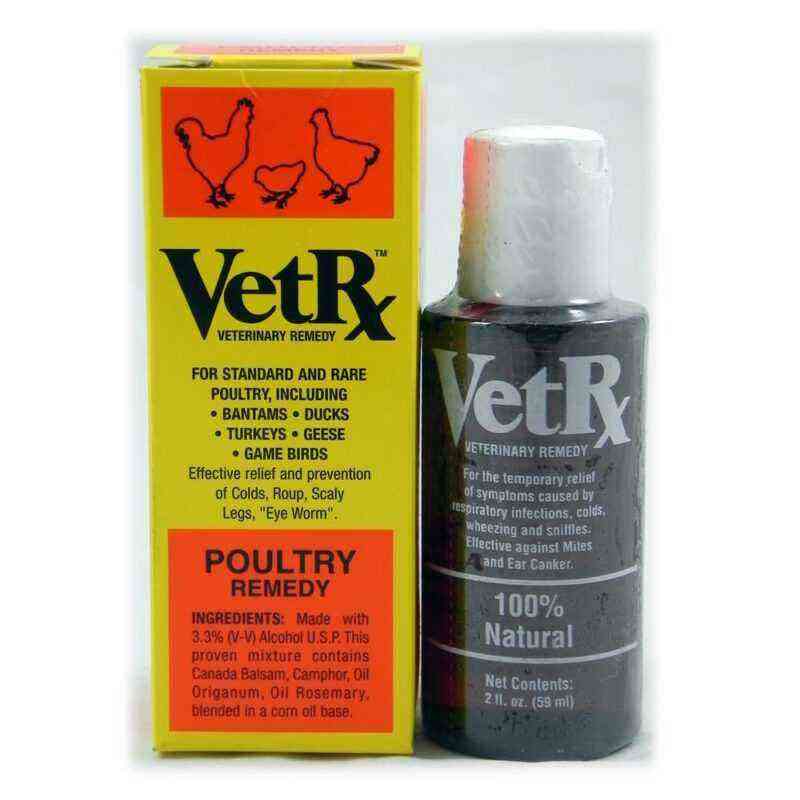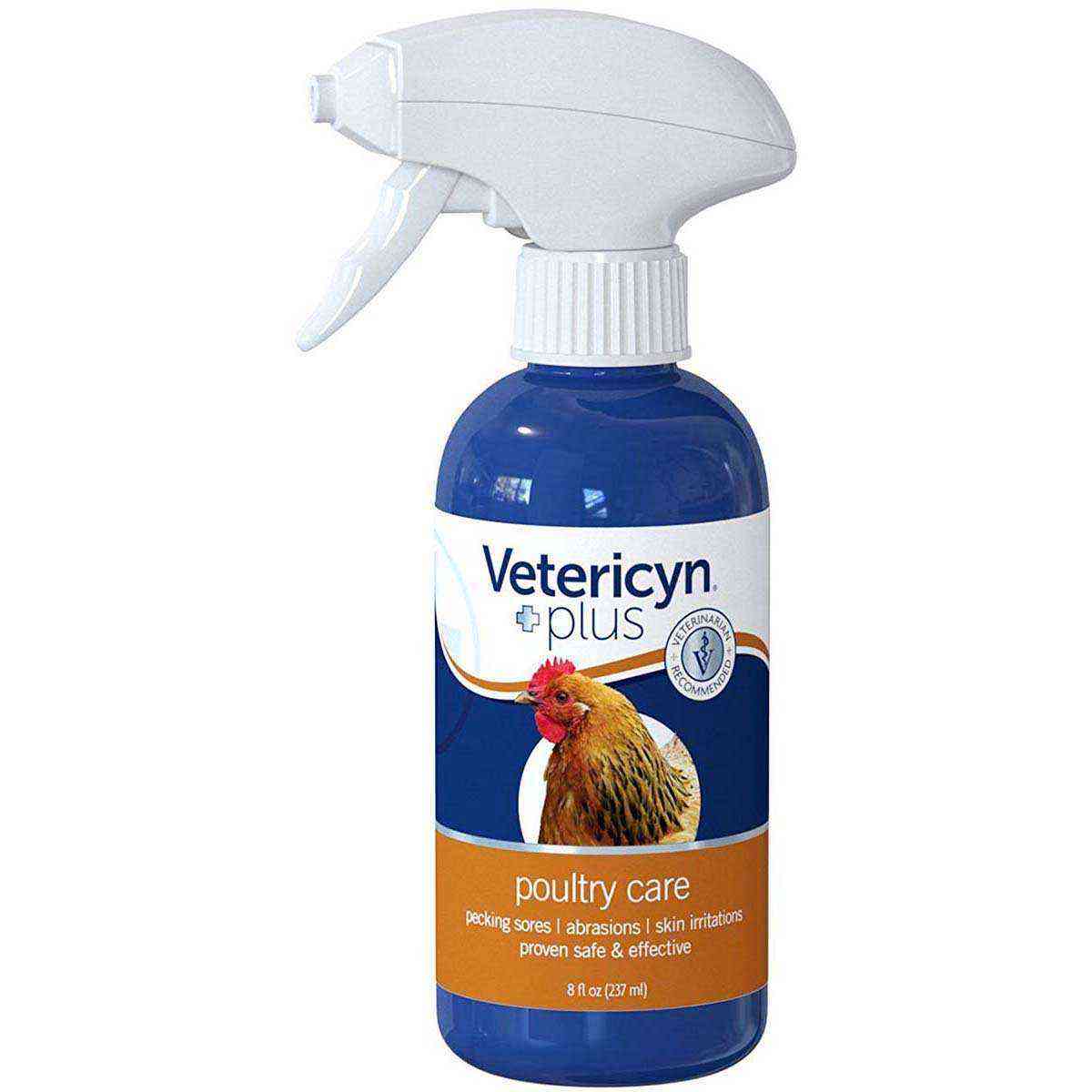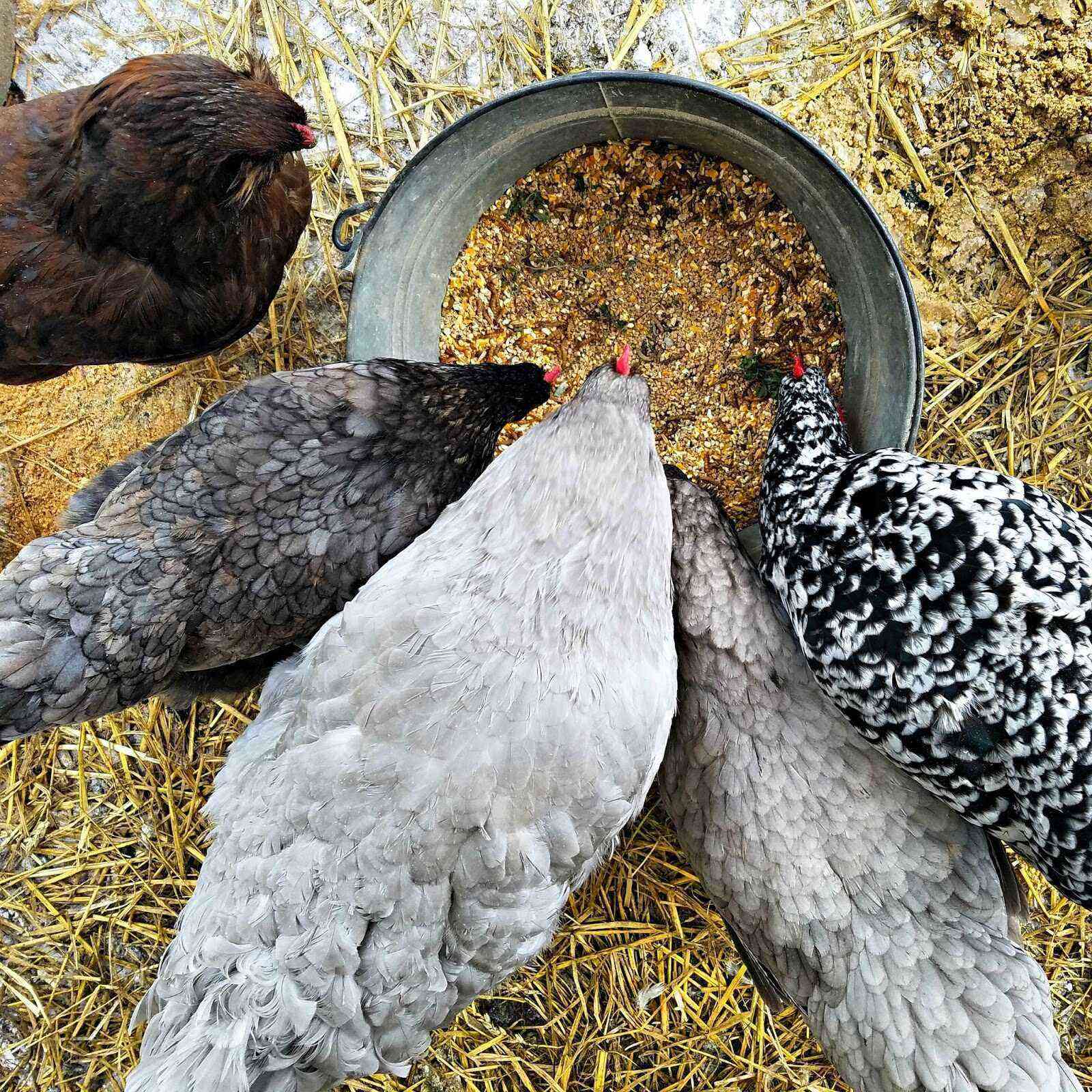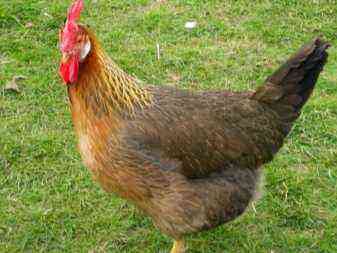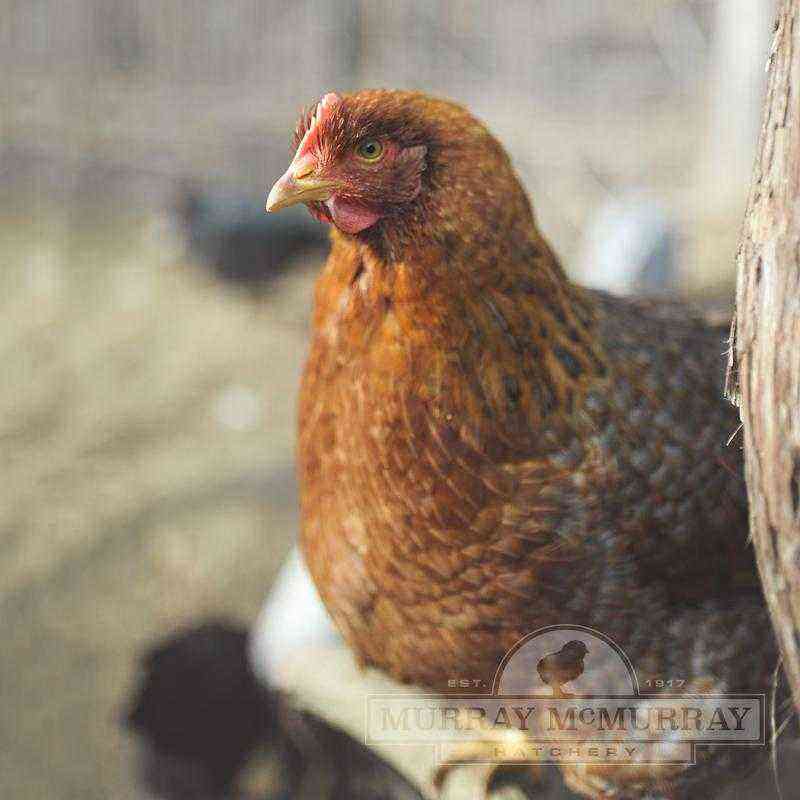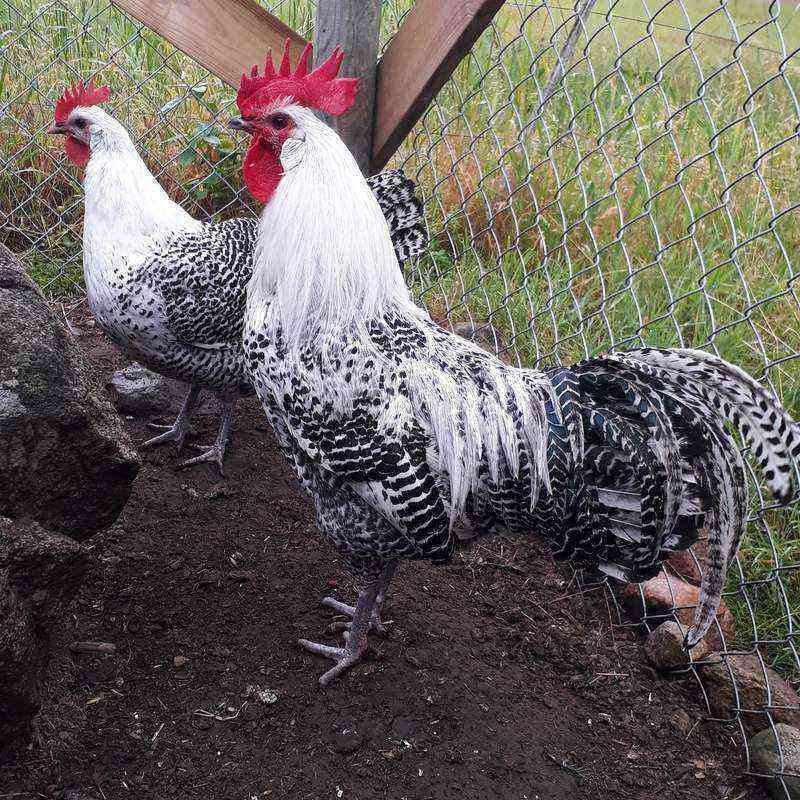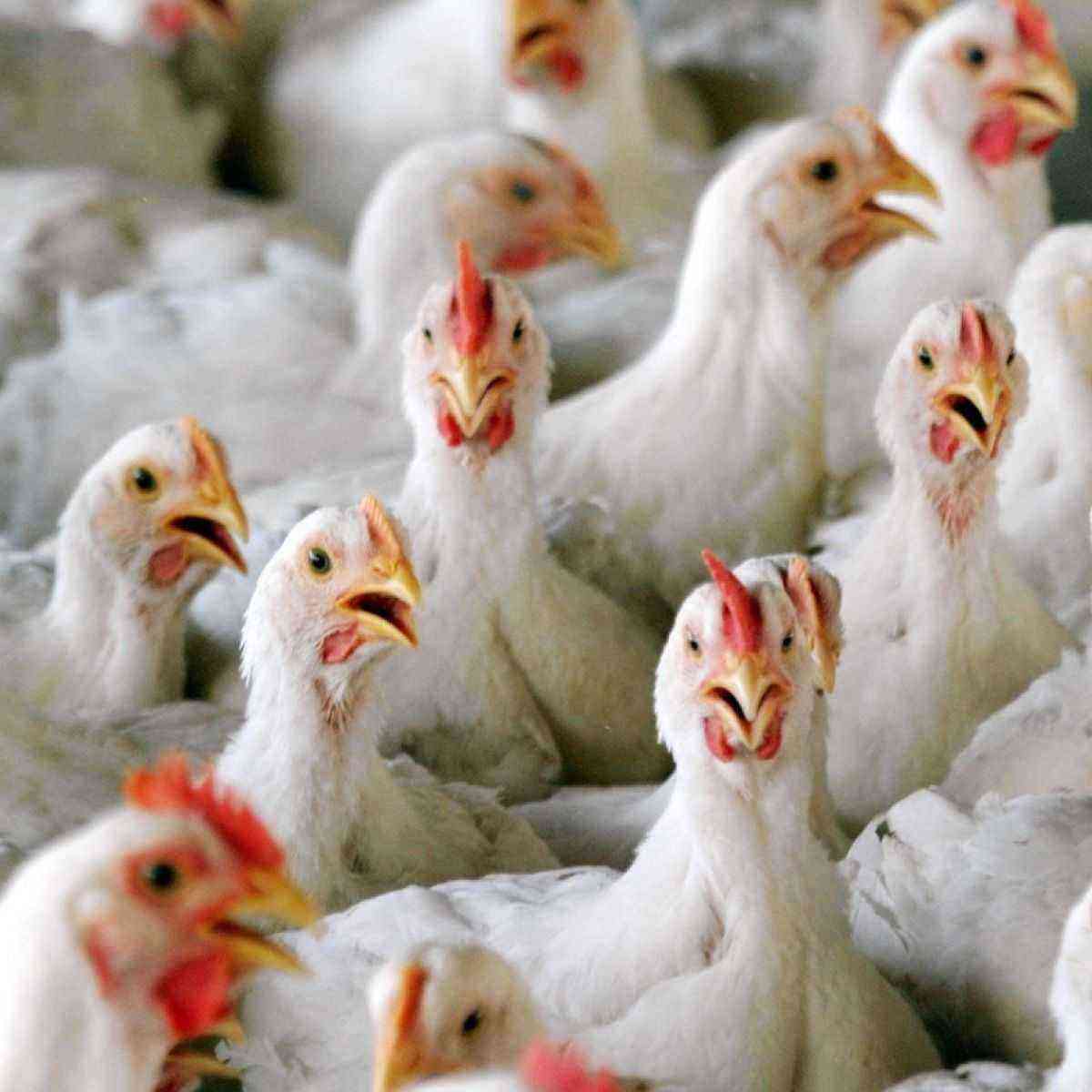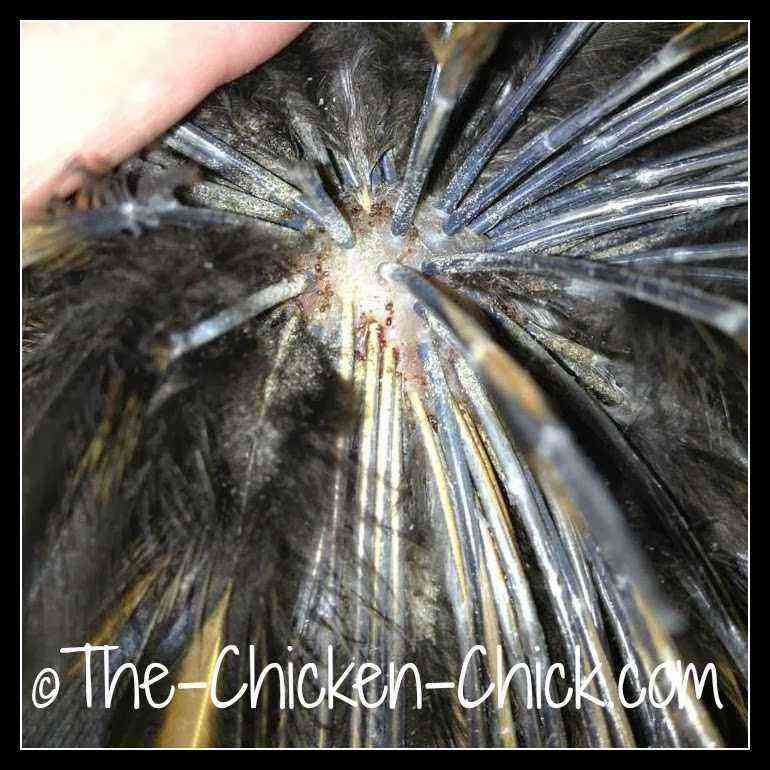One of the most common viral diseases in chickens is infectious laryngotracheitis. This is a rather serious disease that leads to damage to the larynx, nasal cavity, trachea and conjunctiva. It is transmitted very quickly and is caused by a filter virus. The fight against infection must begin immediately to avoid disease in the entire population and the death of even a few individuals.
Infectious laryngotracheitis affects not only young birds, but also adult chickens, which become infected through sick and ill feathered pets that carry the virus for up to two years. The disease can spread due to poor, inadequate feeding of chickens, as well as due to improper keeping conditions: crowded birds, dampness and poor ventilation in the room.
The laryngotracheitis virus is very resistant to many conditions: at very high and low temperatures it is preserved, in a poultry house without chickens it can exist for up to nine days, and on the shell – up to four days. In frozen carcasses, the virus remains active for a year and a half, and in feathers and grain feed for three months, ultraviolet rays (sunlight) kill it in seven hours. The virus lives in water for up to 24 hours. It is able to penetrate inside the egg without sanitation and exist there for two weeks. During the cold period, the causative agents of laryngotracheitis can live up to 2,5 months in the open air, and indoors – up to a crescent. The solution of kerazole alkali is detrimental to the virus, which kills it in less than half a minute.
Distinguish superacute, acute and chronic form of the course of the disease. The first is mainly distributed where laryngotracheitis first appeared. It entails a very rapid and large-scale spread of the virus, which infects up to 80% of individuals. The disease is accompanied by difficulty in breathing, wheezing, poor health in feathered pets, they strongly stretch their heads and bodies, eagerly swallow air, retire. Some chickens cough, cough up blood, and shake their heads violently to try to recover. Birds should be treated immediately. Otherwise, after a few days, the chickens will begin to die. The case can reach 50% of the total livestock.
The acute course of laryngotracheitis is less noticeable and proceeds much easier than in the hyperacute form. The first signs of the disease appear a few days after infection with the virus. Feathered pets refuse to feed, become depressed and lethargic, constantly sitting with their eyes closed. In the evening you can hear their hoarse, heavy, wheezing breathing. The mucosa swells in the beak of sick individuals, hyperemia appears, and curdled discharge forms in the larynx, which must be removed, otherwise after a while the larynx or trachea will become blocked and it will die from asphyxia.
Chronic laryngotracheitis is a kind of continuation of the acute form of the disease. It proceeds very slowly and about 10-15% of feathered pets are affected by it.
There are no drugs for laryngotracheitis. However, to combat the virus, antibiotics can be used to reduce its activity and biomycin, which can reduce the case. Experts also recommend the use of trivit and streptomycin for intramuscular injection. Furazolidin, vitamins A and E can be added to the feed.
